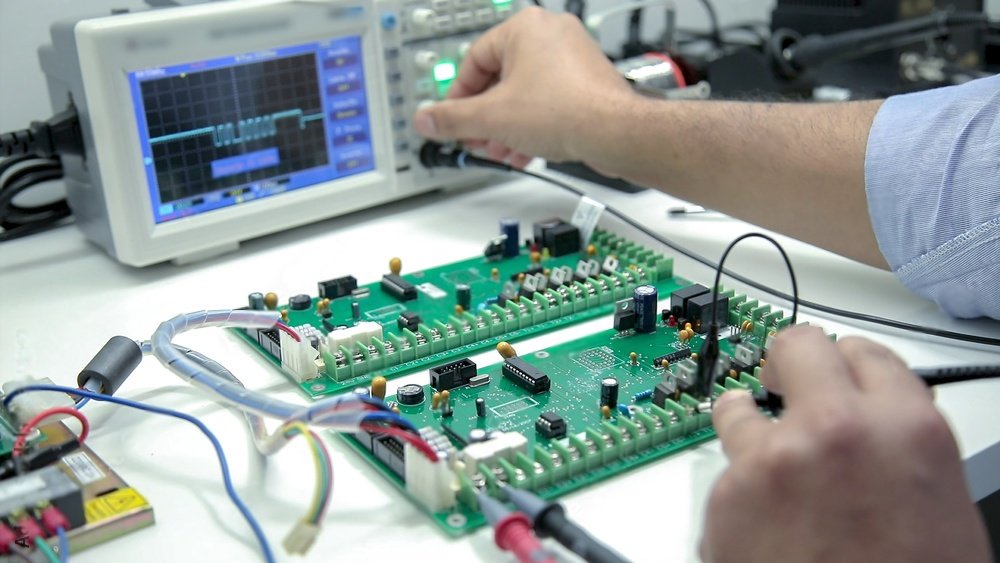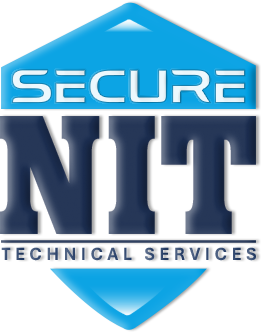Device Driver Development
We are specialize in developing device drivers for custom hardware, enabling efficient, stable, and seamless integration between hardware components and the software systems they support. A device driver acts as a critical intermediary, translating high-level software commands into hardware-specific instructions. This ensures that the system can access and control custom hardware as if it were part of the core operating environment.
Our device driver development process includes working closely with hardware engineers to understand the unique specifications and behaviors of each component. By doing so, we can design drivers that maximize hardware performance while maintaining compatibility with existing operating systems and software ecosystems. This level of customization provides precise control over hardware operations and optimizes resource utilization, such as memory management, data throughput, and power consumption, based on the application's specific requirements. We specialize in developing custom device drivers tailored to specific needs. Our services include creating new device drivers, modifying existing ones, and adapting drivers for compatibility with new operating systems or hardware platforms. Whether it's building from scratch or enhancing existing solutions, our team ensures seamless integration and optimal performance.
In addition to drivers, we develop controllers—software modules that manage the interaction between multiple devices. Controllers help orchestrate communication between different hardware elements, ensuring data is synchronized and components can work together without conflict. This becomes essential in complex systems where multiple devices must interact, such as in embedded systems, IoT networks, and industrial automation environments.
By crafting custom drivers and controllers, we empower seamless communication across the hardware-software boundary, enhancing system stability, improving performance, and enabling applications to unlock the full potential of the hardware on which they operate.




















